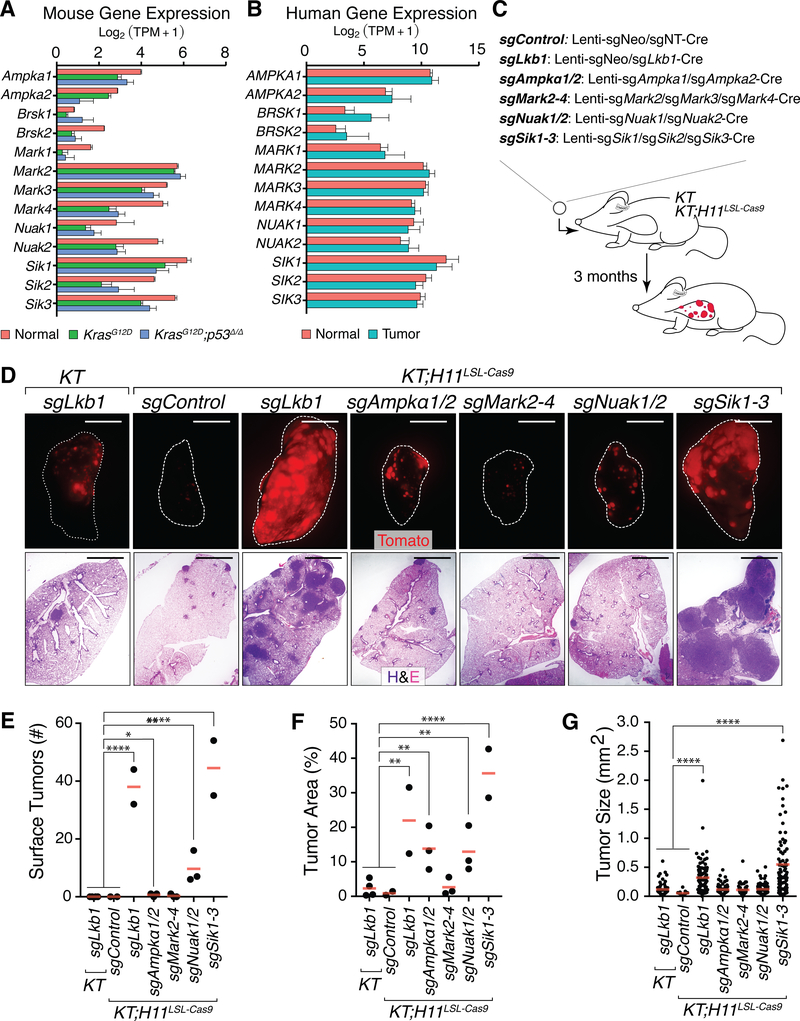Figure 1. CRISPR/Cas9-mediated inactivation of Lkb1 substrate families in vivo identifies the Sik family as tumor suppressors in lung adenocarcinoma.
A. mRNA expression of Lkb1 substrates in normal mouse lung and in neoplastic cells isolated from lung tumors of KrasLSL-G12D/+;R26LSL-Tomato (KrasG12D, KT) and KrasLSL-G12D/+;p53flox/flox;R26LSL-Tomato (KrasG12D;p53Δ/Δ, KPT) mice. Mean +/− SD is shown.
B. Expression of LKB1 substrates in normal human lung and lung adenocarcinoma (20). Mean +/− SD is shown.
C. Outline of CRISPR/Cas9-mediated inactivation of Lkb1 substrate families to assess tumor-suppressive function. Tumors were initiated in KT and KT;H11LSL-Cas9 mice with the indicated Lenti-sgRNA/Cre vectors targeting the expressed members of each family.
D. Representative fluorescence (top) and H&E (bottom) images of lungs from KT and KT;H11LSL-Cas9 mice after tumor initiation with the indicated Lenti-sgRNA/Cre vectors. Lung lobes are outlined in white. Top scale bars = 5 mm. Bottom scale bars = 2 mm.
E-G. Number of Tomatopositive surface tumors (>1 mm in diameter; E) detected via fluorescence microscopy, tumor area (F) and size (G) from histology of KT and KT;H11LSL-Cas9 mice with tumors initiated with Lenti-sgRNA/Cre as indicated. In E and F, each dot represents a mouse. In G, each dot represents a tumor. The crossbars indicate the mean. *p-value < 0.05, ** p-value < 0.01, *** p-value <0.001 ****p-value <0.0001.

